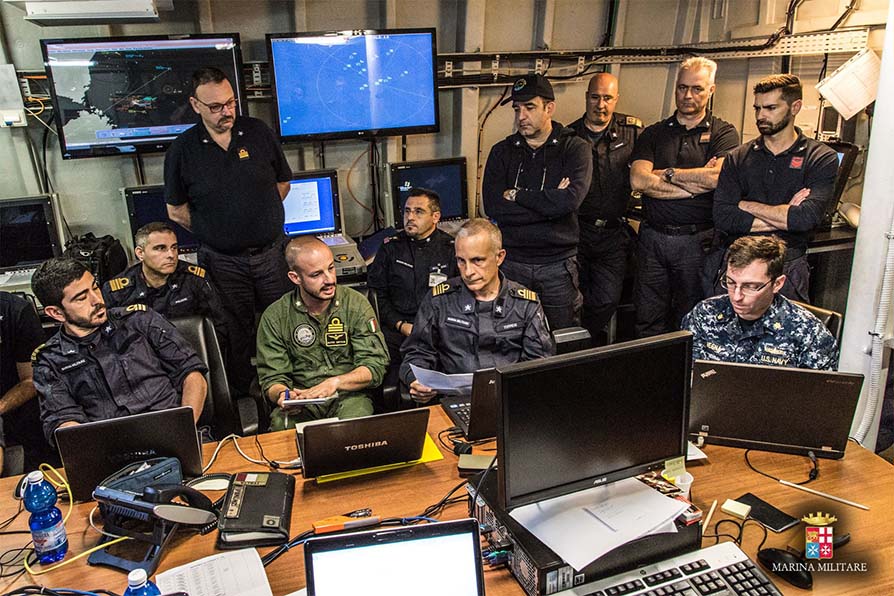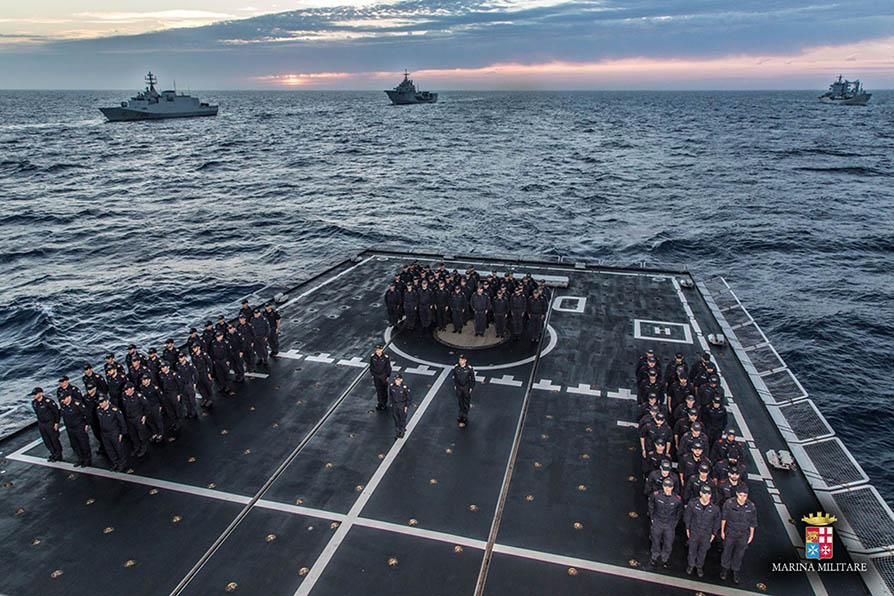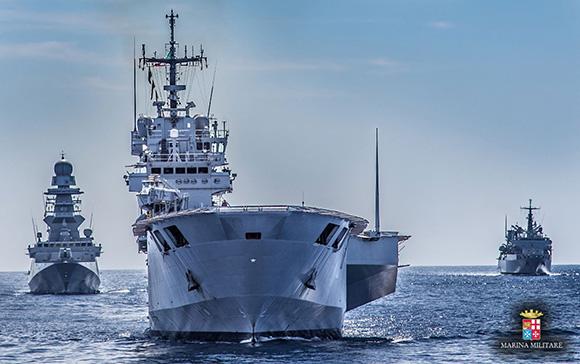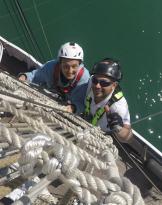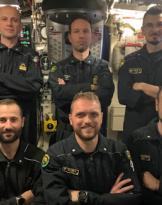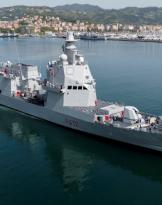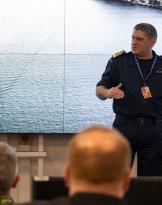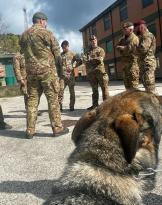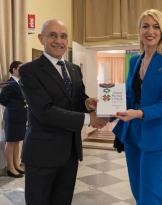From 11 to 22 June, the central Tyrrhenian was the scene of an important exercise that involved an Italian naval group under the guidance of ship captain Placido Torresi (Comdinav Uno). During the activity, another important event took place, the first supply of green fuel at sea between allied marines, as part of the Green Fleet project.
In particularly severe marine weather conditions for the entire duration of the exercise, on board eight naval units (Doria, Duilio, San Marco, Etna, Margottini, Bersagliere, Cigala Fulgosi and Stromboli), five helicopters (3 AB212 and 2 SH90A) and a submarine (Prini), about 1200 sailors have ventured, day and night, in a demanding program to consolidate their traditional operational capabilities. The crews trained in underwater, surface and air threat defense, maritime surveillance, countering terrorist threats, flight operations, use of weapons, conduct of navigation, close-up maneuvers, seafaring activities, side supplies, fire fighting and flooding.
In a phase of advanced training of the exercise, between the 15 and the 17 June, the Italian naval group was also able to confront the crews of the battle group of the US aircraft carrier Eisenhower (Eisenhower Carrier Strike Group) also making use of helicopters and planes embarked on American ships. The joint activity with the Eisenhower CSG, Named Great Green Fleet, represents an important milestone in the collaboration between Italy and the United States in their respective Green Fleet projects and Great Green Fleet.
 The training culminated in a final phase of exercise with opposing parties, during which the air and naval vehicles were placed in a simulated scenario of operations that embraced a vast maritime area of the Central Tyrrhenian Sea, from the eastern coasts of Sardinia to the shorelines. Neapolitan. During the entire simulation of so-called "open war", the units faced each other in different forms of struggle, giving life to simulations of engagements, generating training events of passive defense and damage control with the constant use of health teams that have carried out multiple interventions to deal with simulations of injured personnel.
The training culminated in a final phase of exercise with opposing parties, during which the air and naval vehicles were placed in a simulated scenario of operations that embraced a vast maritime area of the Central Tyrrhenian Sea, from the eastern coasts of Sardinia to the shorelines. Neapolitan. During the entire simulation of so-called "open war", the units faced each other in different forms of struggle, giving life to simulations of engagements, generating training events of passive defense and damage control with the constant use of health teams that have carried out multiple interventions to deal with simulations of injured personnel.
Realism, identification and propaganda incites to the crews in these cases are fundamental because they contribute to increase the realism, a very important factor for the training of the crews.
